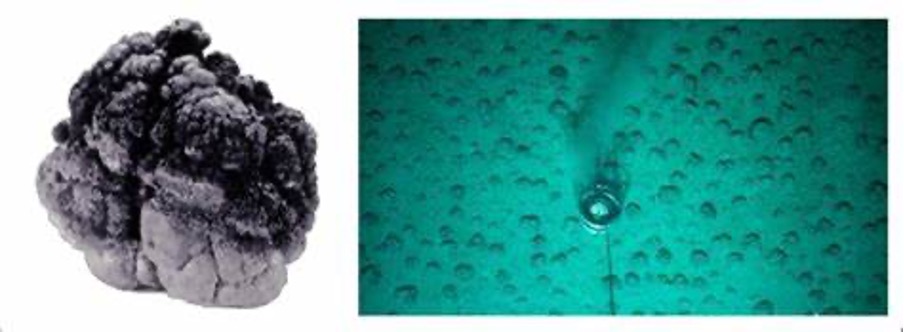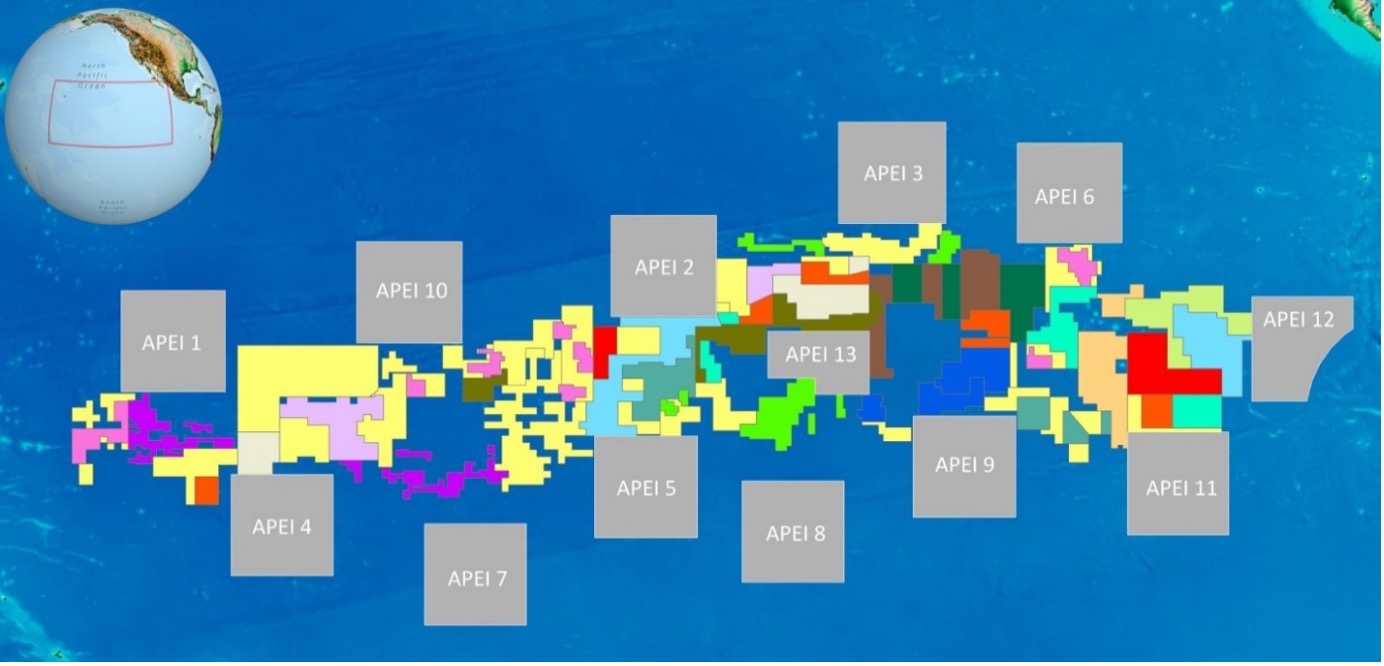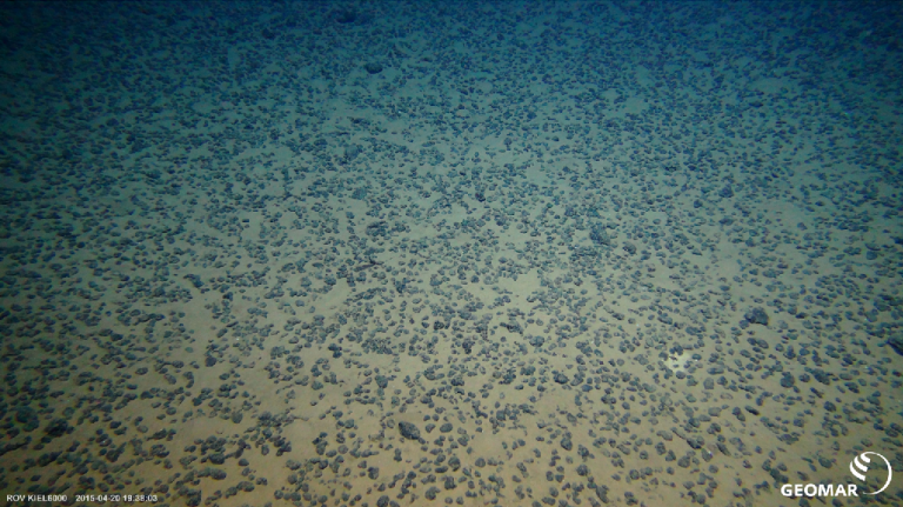Decisions about polymetallic nodule collection depend not only on understanding the baseline environment and potential impacts but also on the strength of proposed mitigation strategies.
Even when scientific knowledge is incomplete, effective measures to mitigate impacts and the resultant effects can play a vital role in managing environmental risks. Some of these measures relate to techniques (including spatial management and engineering measures) and some relate to regulatory requirements, or both.

Source: link
Example techniques to mitigate impacts and effects include, but are not limited to:
- Setting aside portions of each license area for conservation of biodiversity as well as ecosystem structure, health and function. These areas will need to be representative of the areas where nodule collection occurs, meaning they will have similar habitat and biota to the areas impacted by commercial nodule collection.
- Engineering solutions to minimize seafloor disturbance and redistribution, resulting in fewer impacts, including reducing sediment plumes
- Separation of minerals from sediment at the seafloor to limit the amount of sediment that is brought to the surface vessel
- Engineering approaches to limit the impact on midwater ecosystems. For example, using enclosed pipes to deliver the minerals to the surface vessel to prevent seabed material from escaping into the water column, and releasing return water (seawater that has been separated from the nodules) at depths well below the light zone and oxygen minimum zone and well below where commercial fish species
- The use of mining patterns, styles and order designed to minimize impacts
- The use of biodegradable fluids in subsea equipment
- Carefully designed lighting and noise strategies that meet safety and operational needs while minimizing disturbance to marine life.
- Starting with smaller-scale operations with rigorous monitoring, and taking a phased and adaptive approach informed by data
- Efficient mineral processing that removes as many of the metals as possible, hence reducing waste
- Constructive use of unwanted material after extraction of metals from the nodules through processing and refining.
In addition to these mitigation measures, consideration is being given to rehabilitation techniques such as placing artificial substrates on the seabed after commercial-scale nodule collection has taken place.
Regulatory measures
For polymetallic nodule collection in both international waters and within national jurisdictions, regulators such as the International Seabed Authority (ISA) and the Cook Islands Seabed Minerals Authority (SBMA) require years of environmental baseline information including chemical and physical oceanography, biological communities, sediment properties, sedimentation and geology.The resulting data and learnings are then incorporated into an Environmental Impact Assessment (EIA) which will culminate in an Environmental Impact Statement (EIS). This EIS needs to be submitted for consideration by the regulators as part of an application for a mining contract.
At the same time, an Environmental Management and Monitoring Plan (EMMP) must also be submitted to the regulator and implemented during operations. This is required to demonstrate not only the extent of available data and impact assessments but also a robust plan for mitigating, managing and monitoring environmental impacts.
Additionally, environmental management planning on a regional scale also plays an important role in impact mitigation and environmental protection. For example, the ISA has developed a Regional Environmental Management Plan (REMP) for the Clarion Clipperton Zone (CCZ) – the region in the Pacific Ocean where the most exploration activity is occurring for polymetallic nodules.
It is generally recognized that establishing a network of representative set-aside areas is an important aspect of environmental management for polymetallic nodule fields and a key feature of the CCZ REMP is the establishment of thirteen Areas of Particular Environmental Interest (APEIs) which must remain protected from the impacts and effects of commercial-scale nodule collection. Together, the APEIs serve to protect ~30% of the CCZ area (see Figure below).

The ISA’s regulatory framework allows for case-by-case decisions, where both scientific evidence and proposed management measures are evaluated together.
Sources
ISA. Environmental Impact Assessments, International Seabed Authority website.

